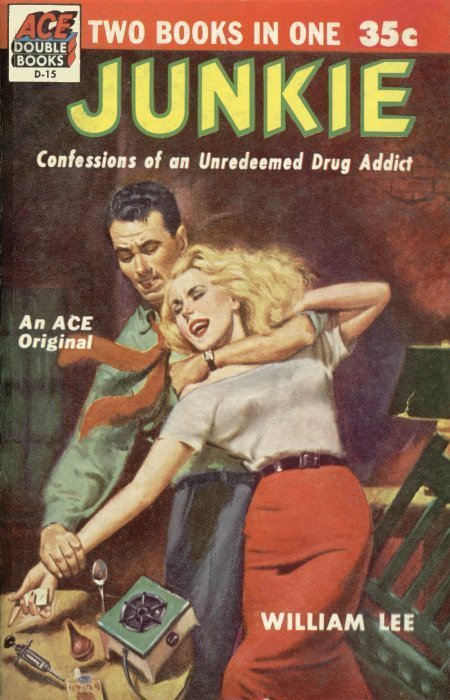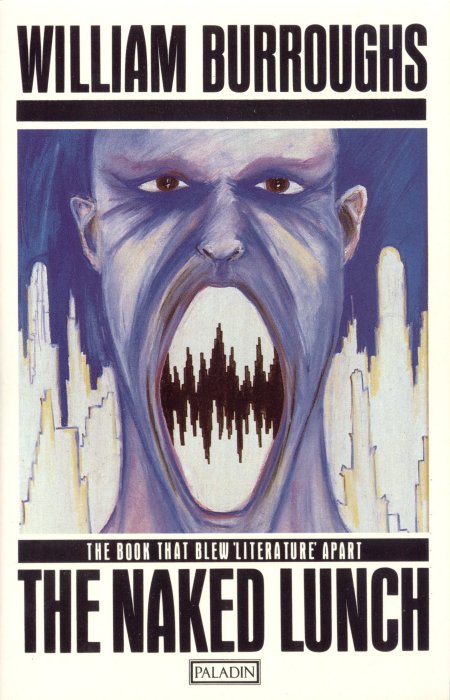Even though Jean-Luc Godard turned 86 this past Saturday, cinema scholar David Bordwell would no doubt still call him “the youngest filmmaker at work today” — as he did just two years ago, in an essay on Godard’s most recent picture Goodbye to Language. Over his more than 65-year-long career, which began in film criticism and arguably never left it, the man who directed the likes of Breathless, Alphaville, and Weekend in his very first decade of filmmaking has kept his work intellectually and aesthetically innovative when most movies seem resigned, and even content, to explore the same trampled patch of cinema’s creative space over and over again.
“Godard has been the liberator of weirdness,” wrote New Yorker film critic and Godard biographer Richard Brody on the occasion of the auteur’s 82nd birthday. “He was always ahead of the game in terms of movie-madness, recognizing that the habit of thinking in terms of images and sounds didn’t detach him from emotional engagement with his subjects but added a new dimension to it.”
He secured creative freedom for himself from the beginning when he “cast amateurs alongside professionals, mixed genres and tones, called attention to the artifices of movies he loved and of genres he rejuvenated, overturned convention with an anarchic fury and an analytical passion.”
Godard, Brody concludes, “hasn’t just rethought movies; he has reconceived the cinema, as a practice and as an experience.” But what does that look like for the audience? These five video essays plunge into Godard’s work, isolating and celebrating elements that have merited our close cinephilic attention. At the top of the post, we have a brief aesthetic overview in the Criterion Collection-sponsored “Godard in Fragments,” wherein video essayist kogonada (creator of pieces previously featured here on Wes Anderson, Alfred Hitchcock, Stanley Kubrick, Andrei Tarkovsky, and neorealism) spends six and a half minutes mesmerizingly “highlighting the iconic director’s signature themes and devices,” from cameras and handguns to women’s faces and bottoms to the very concept of death.
But to understand Godard requires first understanding Breathless, his 1960 debut feature and, in the words of the Nerdwriter in his video essay on the film, “an extended investigation of a French filmic identity in the shadow of Hollywood dominance — of, indeed, whether an identity informed by another nation’s culture can exist at all.” Godard and his collaborators made the movie a little more than a decade after the end of World War II, which meant just over a decade after French restrictions on the screening of American films had vanished, plunging Godard’s impressionable generation straight and deep into the sights, sounds, style, and tropes of Hollywood filmmaking.
Breathless, in all its low-budget excitement and illustration of the notion that the severest limitations create the most favorable conditions for art, also functions as a piece of film criticism: it interprets and repurposes all that Godard and his collaborators had learned, consciously as well as unconsciously, from and about American movies, and especially America’s breathless (as it were) genre pictures. “It wants to participate in the Hollywood filmmaking it admires, but it knows that such an identification is impossible, so it deals with this by being self-conscious, by using jump cuts, awkward transitions, by robbing the classic moments of their force or making the hero’s bloody final steps way longer that it could ever possibly be, forcing you outside the film’s text — or back into it again.”
Five years later came Alphaville, another simultaneous tribute to and assault on genre from Godard and company. In it, according to Patricia Pisters’ “Despair Has No Wings: a Tribute to Godard’s Alphaville,” he “plays with film noir elements to tell a science-fiction story that unfolds many other layers,” dropping the extant pulp-fiction detective Lemmy Caution into a new, “strange” context. “Popular audiences were shocked by this worn-out and alienating version of their hero,” turned by Godard into a “cosmonautic secret agent who travels in his Ford Galaxie” into a futuristic, authoritarian Paris of ruling supercomputers, seemingly mechanical citizens, “useless vending machines,” and stark, imposing modern architecture.
But Godard’s use of architecture started before Alphaville and continued after it, argues Richard Martin in the British Film Institute video essay “Jean-Luc Godard as Architect.” He uses the term in a broad sense to mean “someone interested in building, capturing, and arranging, spaces,” an interest manifest in Breathless’ “almost joyful” Paris of “people running through the Louvre, jukeboxes, cafés, diners, and bars,” Pierrot le Fou and Weekend’s presentation of “the car crash as a kind of architectural scenario,” and Contempt’s journey from the grandly “dilapidated lots of the Cinecittà film studios on the outskirts of Rome” to its thirty-minute centerpiece in one of that city’s new modern apartments to Capri’s Casa Malaparte, “one of the most thrilling pieces of architecture not just in Godard’s career, but in the whole history of cinema.”
Maybe it makes sense that someone who first got behind the camera to make a construction documentary (watch online here) would continue to pursue an interest in the organization of space. But as Godard’s attitudes, ideas, tastes, and even politics have changed, the other qualities of his movies have changed along with them. Having worked in black-and-white, color — its use examined in the supercut “Bleu, Blanc, Rouge” below — and with Goodbye to Language even in 3D, Godard has long shown a willingness to enter new visual territories as well.
Not only will his work past, present, and future continue to give video essays a wealth of material to work with, he himself, according to Richard Brody, made the form possible, having understood since the 1970s that “home video would be the basis for a newly analytical understanding of film history, because it would allow for the easy copying of clips and their manipulation via video editing with such techniques as slow motion, freeze-frame, and superimpositions of other images and text.” Thus “every video essay that turns up online owes him a debt of gratitude,” as do many of the other innovative types of visual media to which Godard has shown the way.
Related Content:
4,000+ Free Movies Online: Great Classics, Indies, Noir, Westerns, Documentaries & More
Jean-Luc Godard Takes Cannes’ Rejection of Breathless in Stride in 1960 Interview
The Entirety of Jean-Luc Godard’s Breathless Artfully Compressed Into a 3 Minute Film
Watch Meetin’ WA: Jean-Luc Godard Films Woody Allen in 1986 Short Film
Jean-Luc Godard’s Debut, Opération béton (1955) — a Construction Documentary
Jean-Luc Godard’s After-Shave Commercial for Schick (1971)
A Young Jean-Luc Godard Picks the 10 Best American Films Ever Made (1963)
Based in Seoul, Colin Marshall writes and broadcasts on cities and culture. He’s at work on a book about Los Angeles, A Los Angeles Primer, the video series The City in Cinema, the crowdfunded journalism project Where Is the City of the Future?, and the Los Angeles Review of Books’ Korea Blog. Follow him on Twitter at @colinmarshall or on Facebook.








